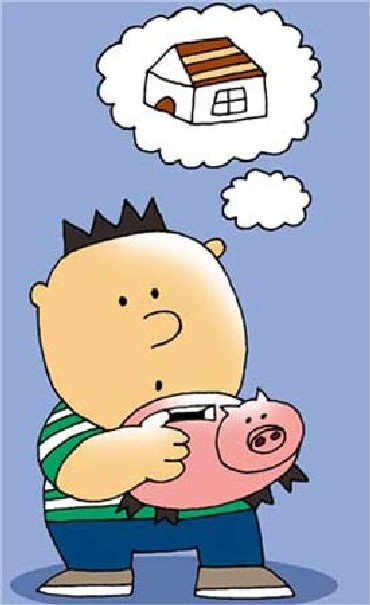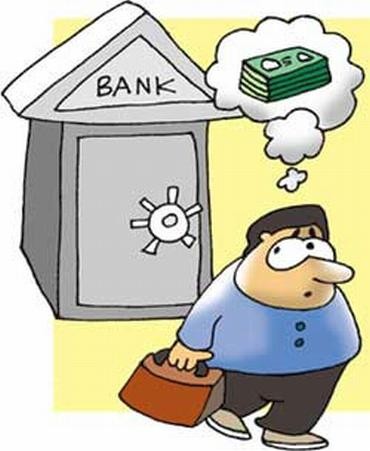Niladri Bhattacharya, Somasroy Chakraborty in Mumbai
Just a day after banks agreed to waive prepayment charges at a meeting with the Reserve Bank of India (RBI), home loan borrowers are faced with a bigger problem, a rise in equated monthly instalments (EMIs).
For instance, Tanuja Singh's (name changed on request) home loan tenure has stayed the same even after repaying for three years. And, her EMI is already up 10 per cent.
"I knew there was a risk of interest rates increasing when I took the loan at a floating rate. But I was under the impression the loan term would be extended instead of an increase in EMI payments," says Singh, 31, facing the double whammy of a static tenure and a higher EMI.
...
The only way EMIs can now go is up
The central government is worried about the rising home loan burden on consumers. On August 23, it wrote a letter to public sector banks, which account for over 50 per cent of the home loan market, to give borrowers the option to increase the tenure of their loans and not raise the EMIs.
Banks, however, say credit quality will be hurt if only tenures are increased. The RBI has raised key policy rates 11 times since March 2010, prompting banks and housing finance companies to raise lending rates 250-300 basis points during the period.
"When interest rates rise to a level where an EMI payment does not cover the interest payment, banks typically raise the EMI to ensure they cover the interest on the loan," says Prashant Joshi, managing director and head of private and business clients for Deutsche Bank in India.
...
The only way EMIs can now go is up
For instance, for a Rs 100,000 loan taken at a 10 per cent rate of interest for 20 years, the EMI is fixed at Rs 965. The borrower will pay Rs 11,580 annually to the bank. Of that, Rs 9,926 is interest cost and the remaining Rs 1,655 will be paid as principal.
Now, if the rate hike is substantial and interest burden exceeds the EMI, the bank will have to increase the monthly instalment.
"One cannot increase the tenure indefinitely as there are limits pertaining to the age and income of the borrower. Whenever the interest rate rises, we first try to increase the loan tenure.
If that is not possible, we increase the EMI or ask for part-payments," says VK Sharma, chief executive of LIC Housing Finance, adding that if the EMI exceeds 40 per cent, the HFC seeks part-payment as well.
...
The only way EMIs can now go is up
Last week, National Housing Bank (NHB) convened a meeting of HFCs to discuss the issue of rising interest rates and its impact on EMIs. HFCs told the regulator successive rises in rates had made it difficult to extend loan tenures repeatedly.
"The ideal option is to retain the EMI and increase the tenure of the loans.
It is up to housing finance companies to judge when to start increasing EMIs. We are examining the situation closely," says R V Verma, chairman and managing director of NHB. Industry players say if the tenure is extended repeatedly, the outstanding principal remains large and increases the risk of deterioration in credit quality.
...
The only way EMIs can now go is up
"When interest rates rise, banks and housing finance companies first try to increase the tenure of the loan. But beyond a point the loan gets negatively amortised as the EMI payment does not cover the interest for the month. In such cases, there is no option but to raise the EMI," says Anil Kothuri, chief executive officer of Edelweiss Housing Finance.
Typically, a 25 basis points hike in interest rates increases the EMI for a 20-year loan by Rs 17 for every Rs 100,000 borrowed.
The loan tenure on average extends by three to four months if rates rise 25 basis points.







article